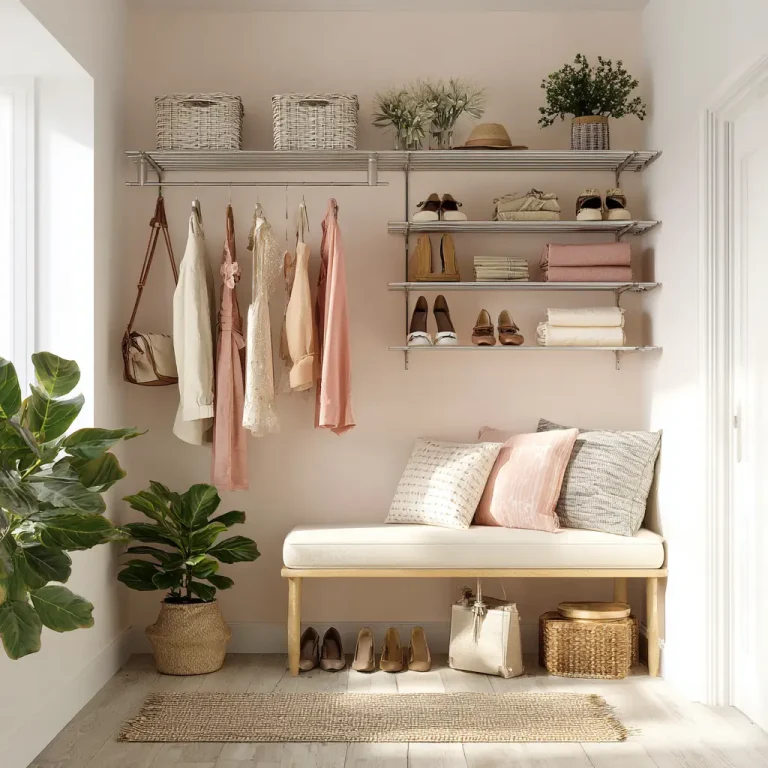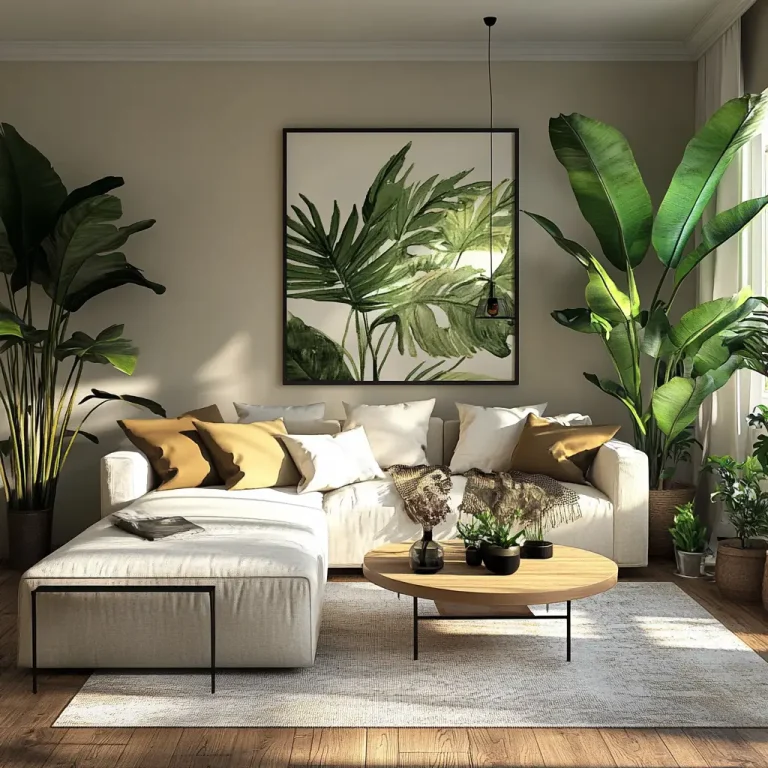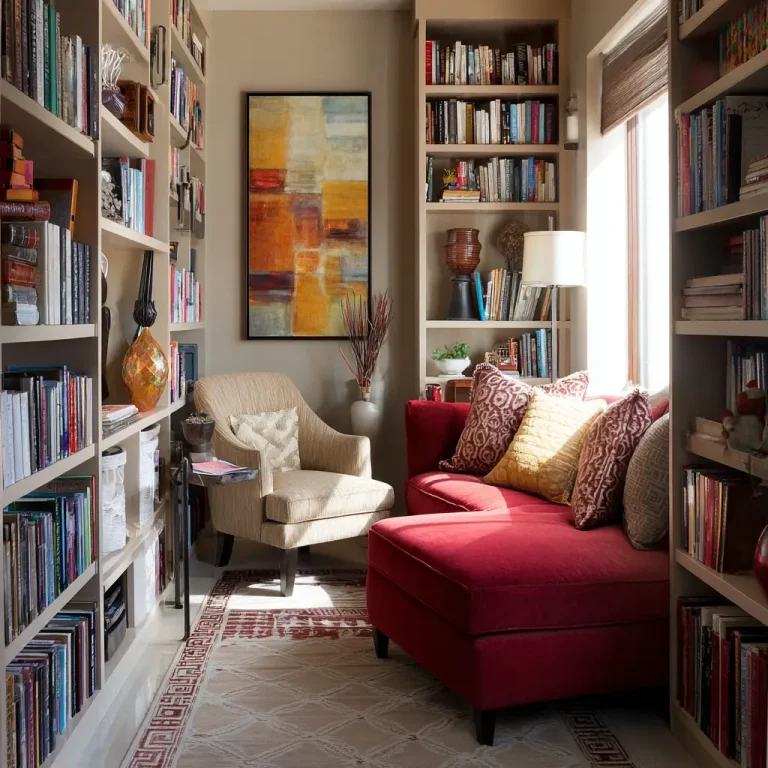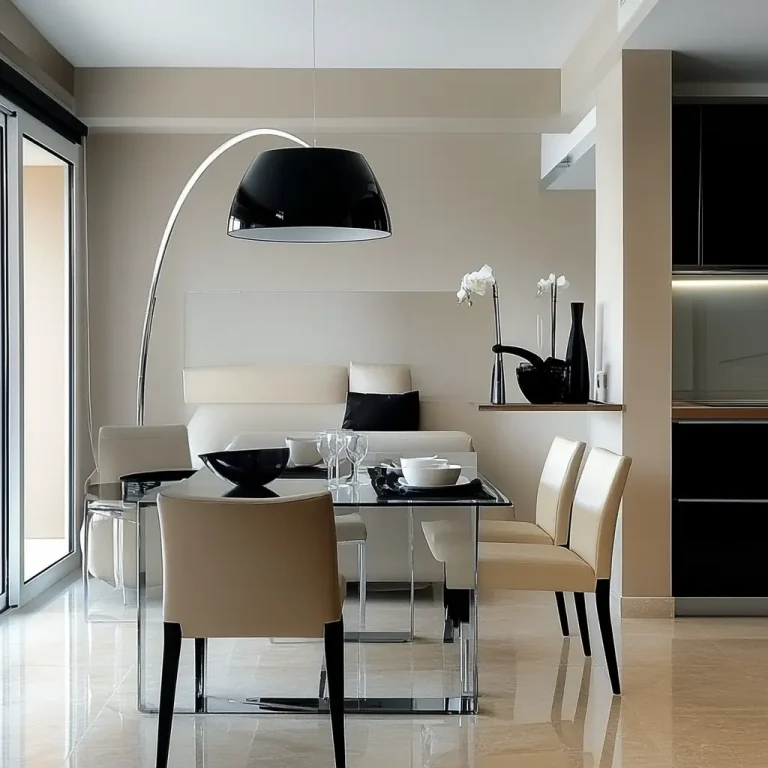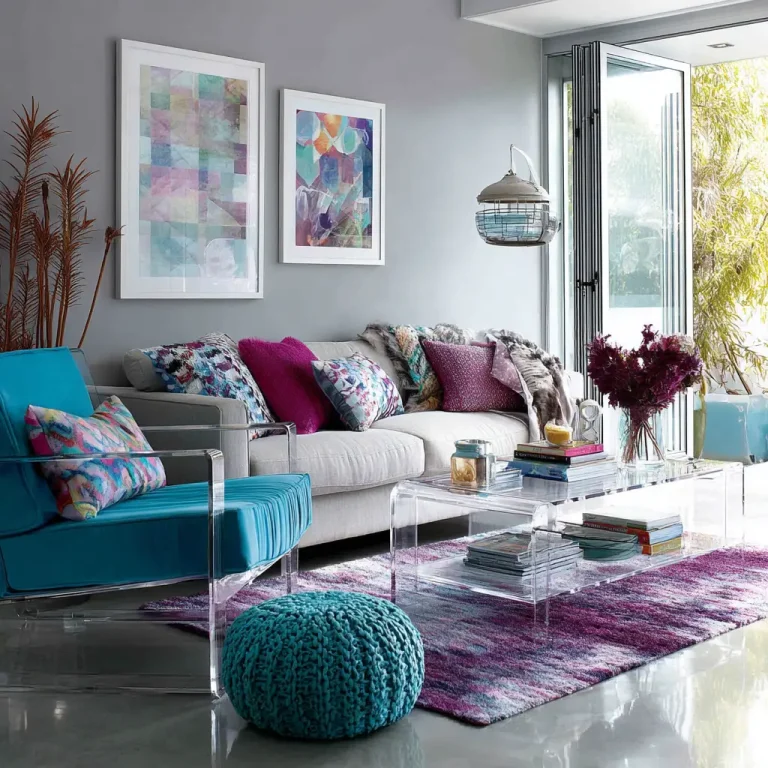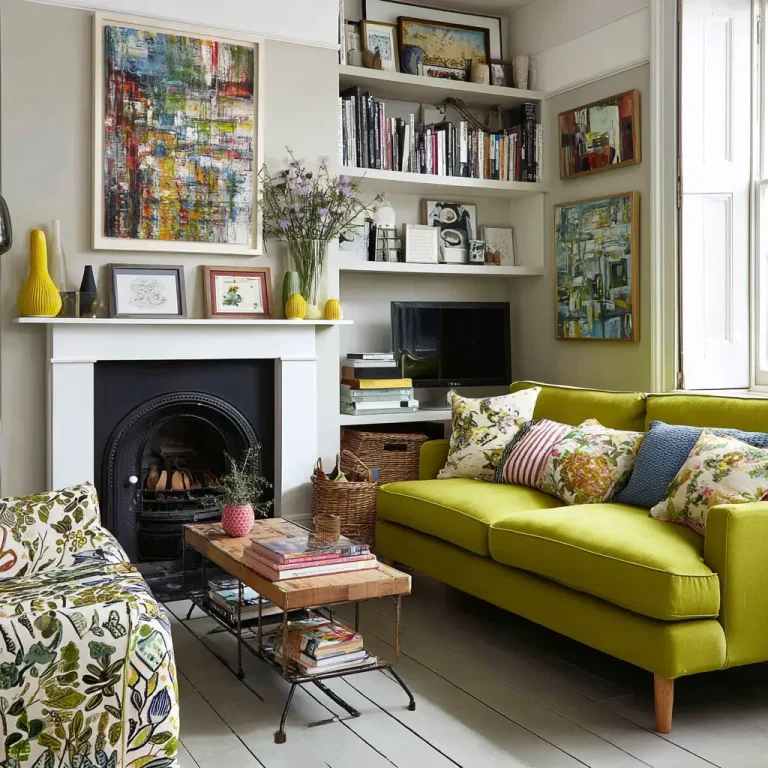21 Small Study Room Ideas
In today’s world, where remote work, online education, and personal projects are more common than ever, having a dedicated study space is important—even if you’re limited on space. The good news is, a study room doesn’t need to be large to be effective. With some thoughtful design and a touch of creativity, even the smallest nook can become a productive, inviting space. Here are 21 small study room ideas that can transform your tiny corner into a stylish, functional retreat where focus and comfort go hand in hand.
1. Make the Most of Vertical Space
When floor area is limited, vertical space becomes your best friend. Installing wall-mounted shelves or tall bookcases allows you to store books, supplies, and decor without crowding your work surface. It also helps keep things organized, and seeing everything in its place can be mentally refreshing and reduce clutter-induced stress.
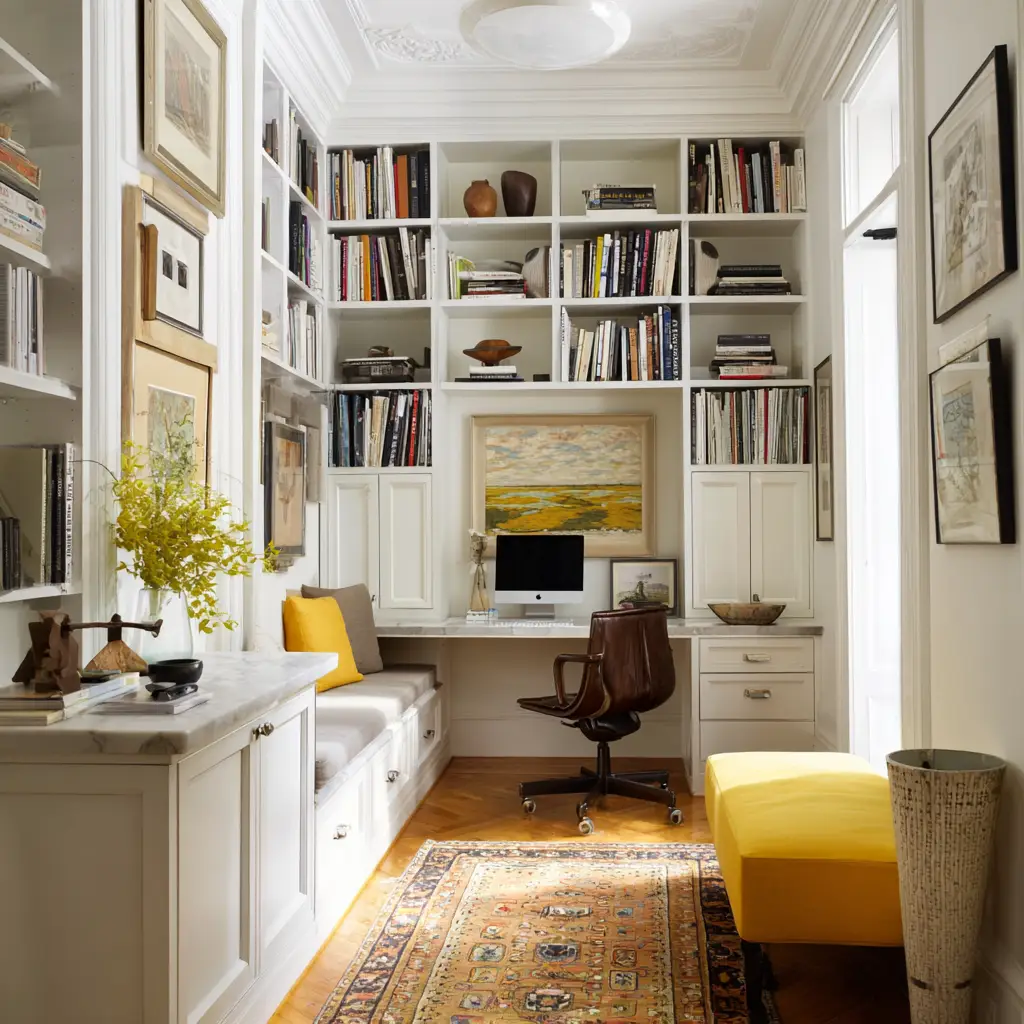
2. Opt for a Slim or Floating Desk
A bulky desk might be too overwhelming for a small room, but a slim-profile or wall-mounted floating desk can give you just the right amount of surface area without taking up too much space. Some floating desks even come with foldable designs, allowing you to tuck them away when you’re not working. They’re sleek, modern, and perfect for minimalist spaces.
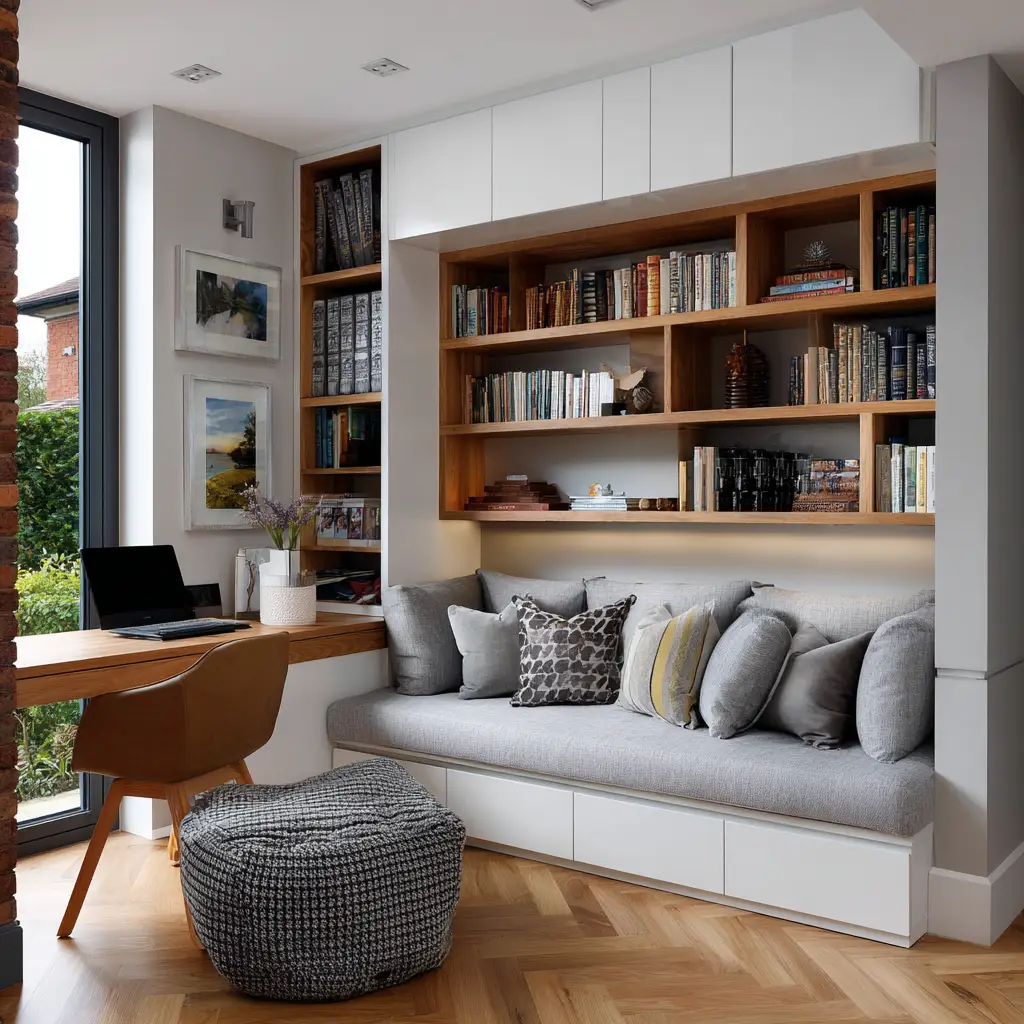
3. Let in the Light
Natural light can do wonders for your mood and focus, especially during long hours of work or study. If possible, place your desk near a window to make the most of daylight. Not only does this reduce eye strain, but it also creates a more calming and pleasant environment. Light curtains or blinds can offer privacy while still allowing sunlight to filter through.
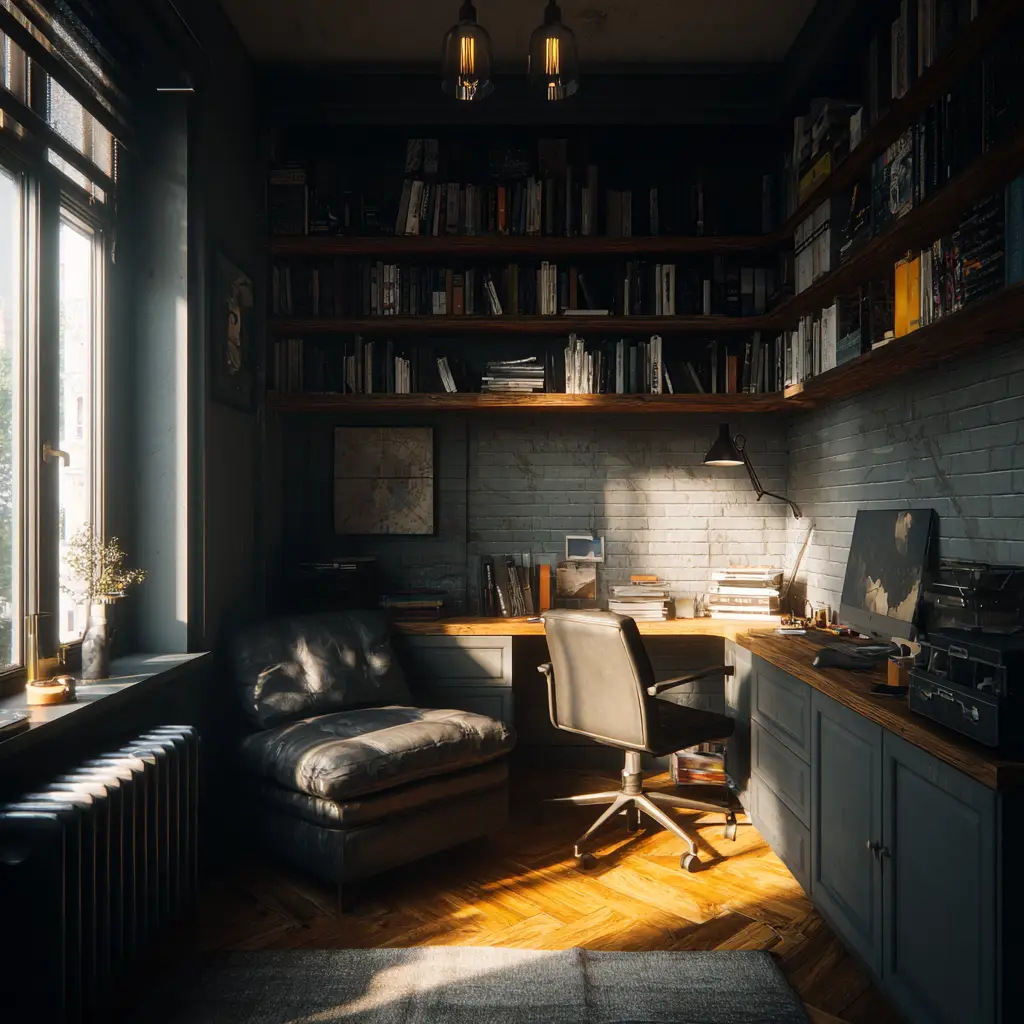
4. Use Light or Neutral Color Schemes
Choosing light shades for your walls, such as white, soft beige, pale blue, or light grey, can make the room feel more spacious and airy. Lighter hues reflect light and create a sense of openness, which is especially helpful in tight quarters. They also provide a calm, distraction-free backdrop for working or studying.
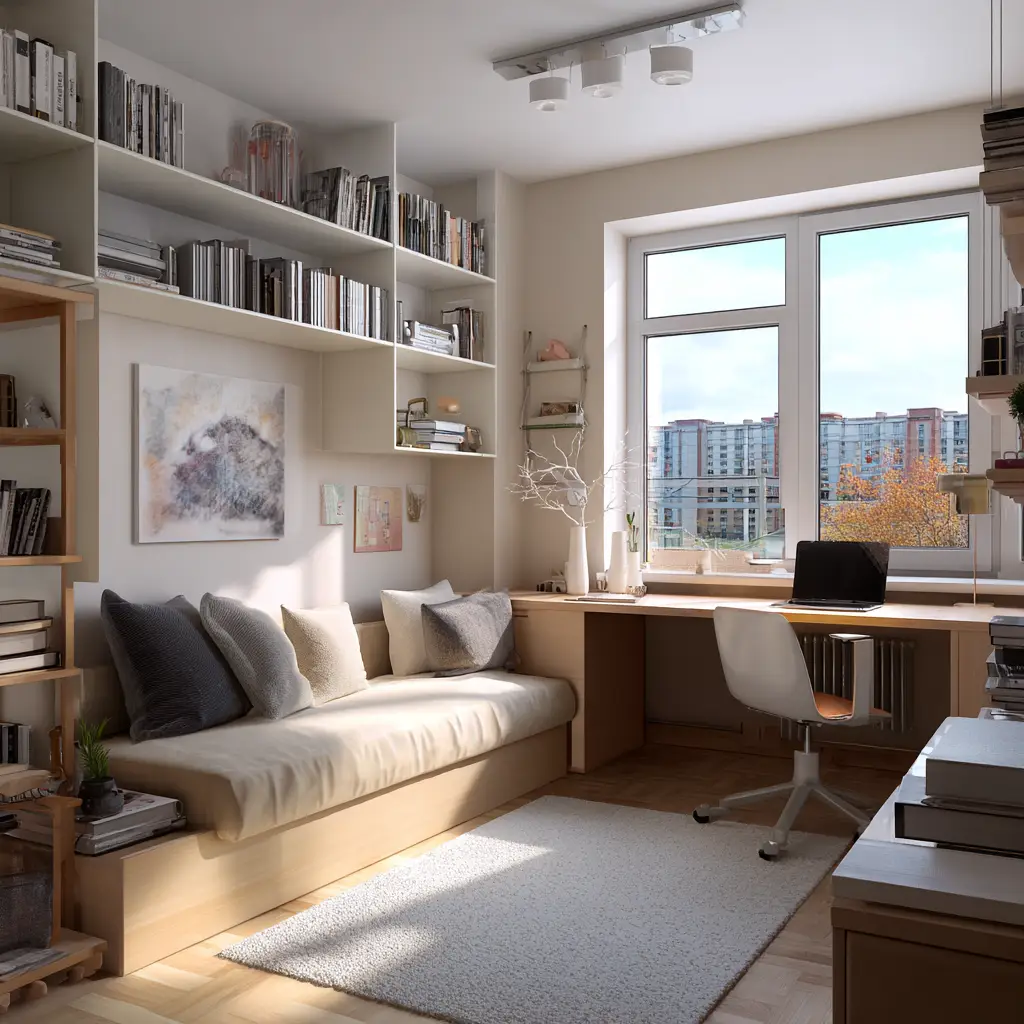
5. Install a Foldable Desk
In extremely small rooms or multi-functional spaces, a foldable wall desk can be a game-changer. These desks can be pulled down when needed and folded back up to clear the floor. Pair it with a stackable or folding chair to create a flexible, non-intrusive workspace that doesn’t dominate the room.
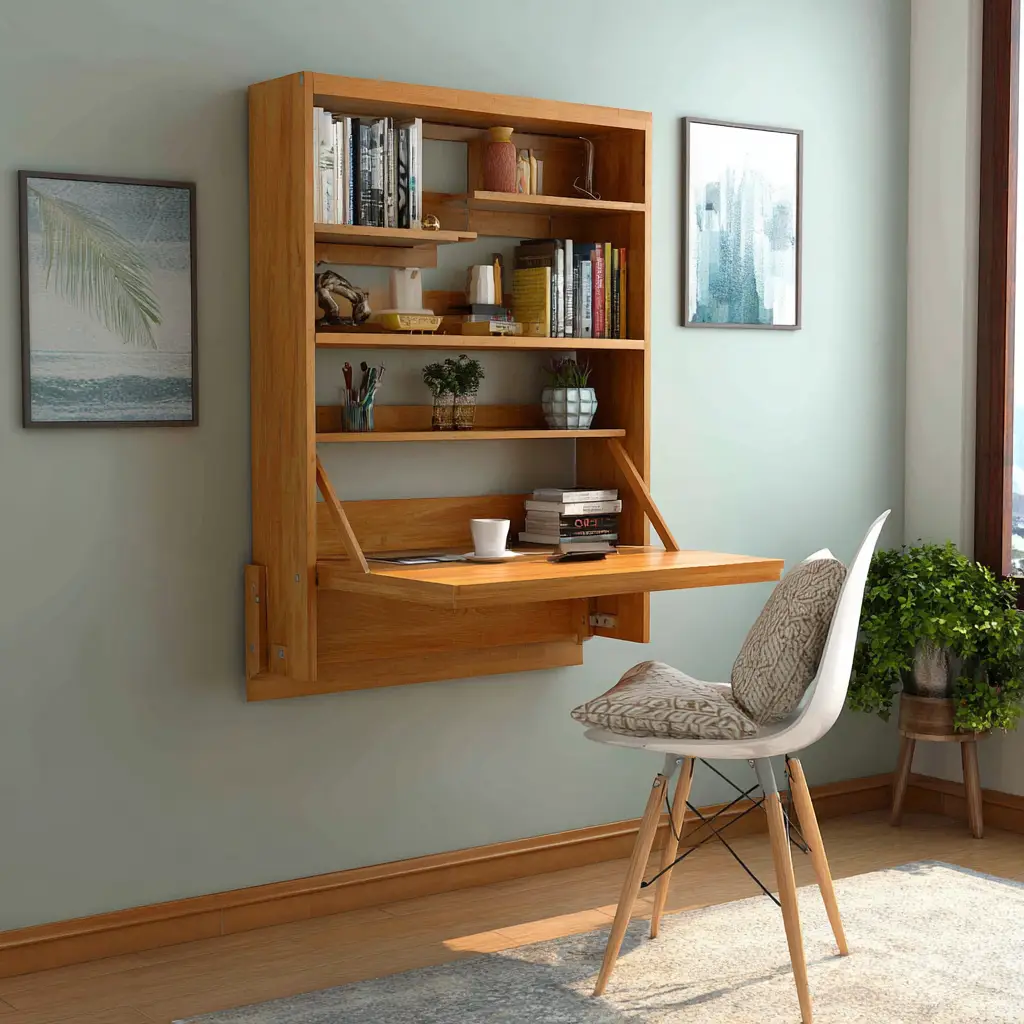
6. Add Pegboards or Wall Grids for Organization
Pegboards and wire wall grids are not just for workshops—they’re a fantastic way to organize study supplies, notes, or tools. You can hang stationery holders, hooks for headphones, or even a small plant. These systems save desk space while also adding an element of creativity and personalization to the room.
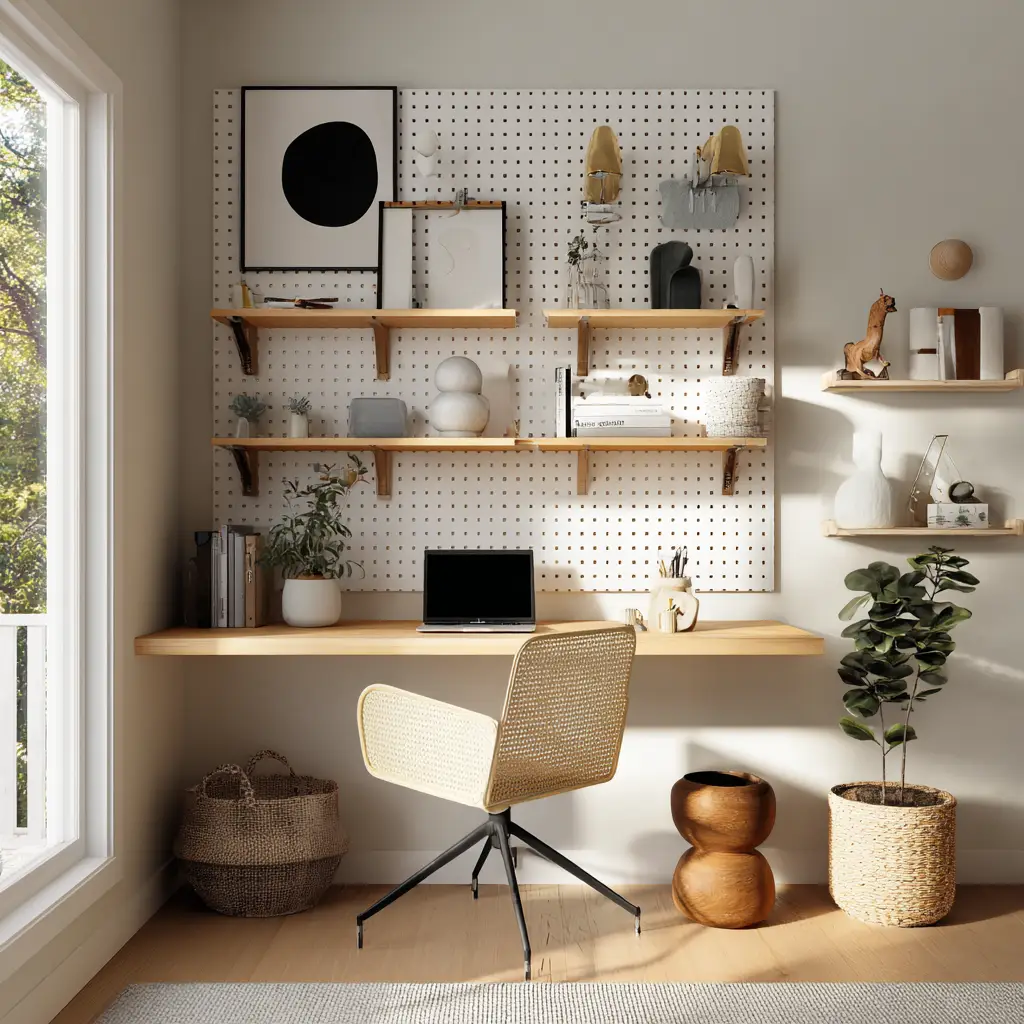
7. Bring Nature In with Small Plants
Adding a bit of greenery can instantly humanize your space. Even one or two potted plants can make the room feel more alive and refreshing. Choose low-maintenance plants like succulents, pothos, or a snake plant. They’re great for air quality and help reduce the sterile feel some study rooms can have.
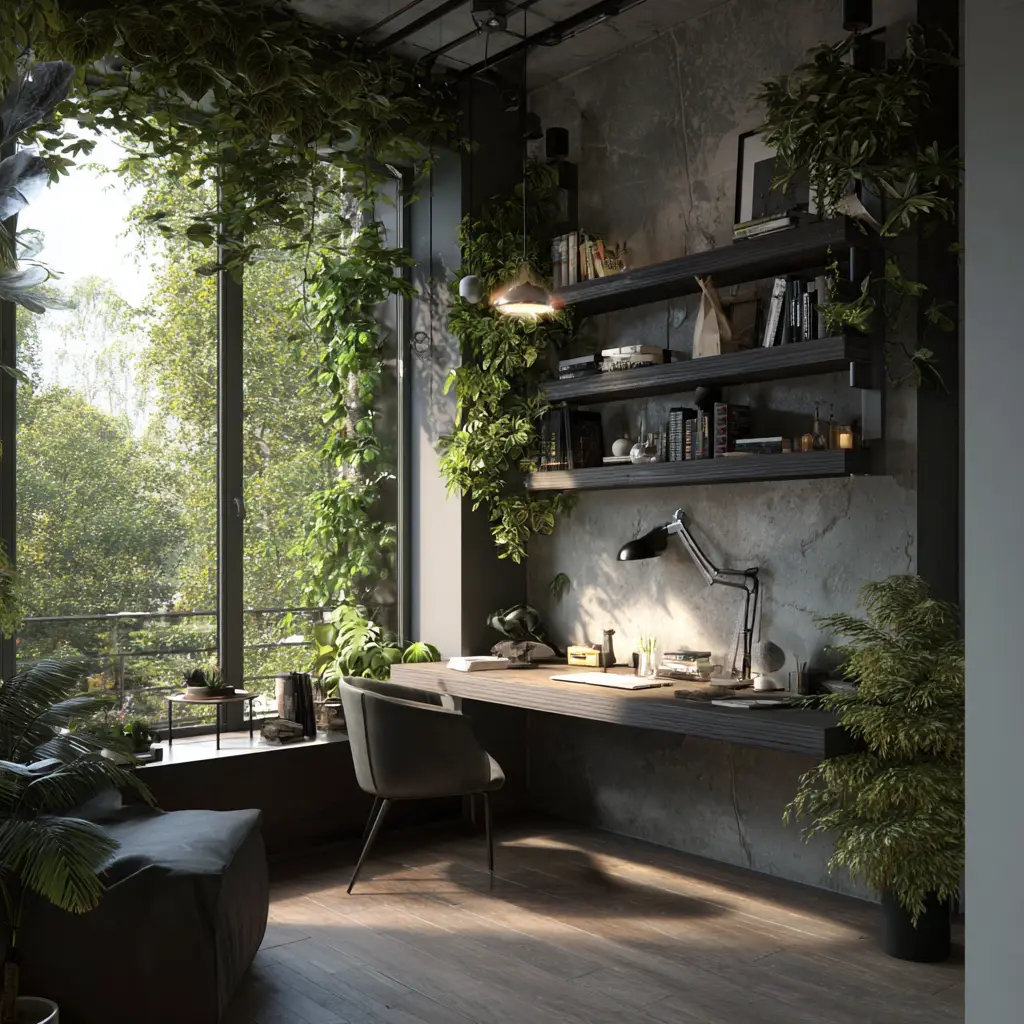
8. Create a Cozy Corner Workspace
You don’t need an entire room to study—just a small corner can do. Place a desk and chair in a quiet corner of your bedroom or living area, add a rug to define the space, and maybe even hang a curtain or screen to give it some separation. This creates a cozy study nook that’s yours alone.
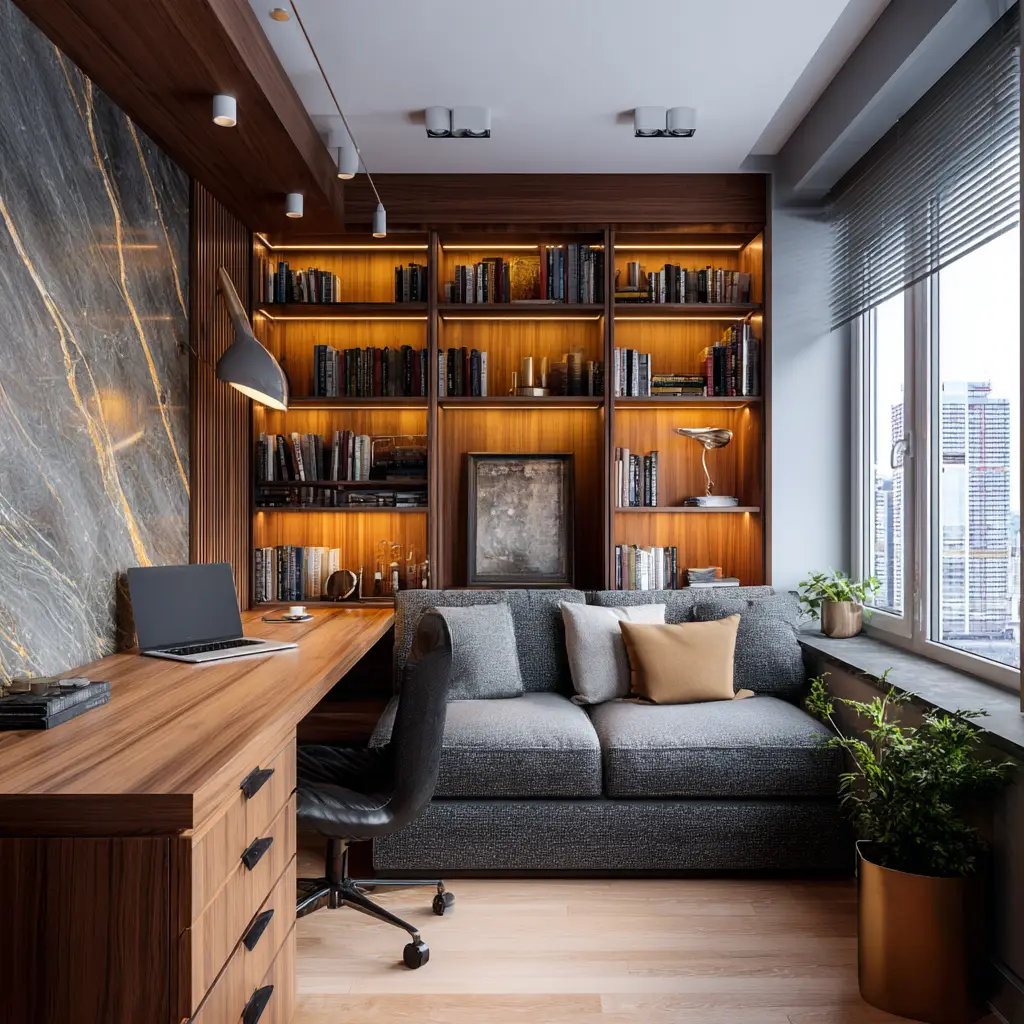
9. Use Dual-Purpose Furniture
In a small study room, every piece of furniture should work hard. Consider a desk that includes drawers, a bench that opens for storage, or a bookshelf that doubles as a room divider. Multi-functional pieces reduce clutter and maximize the usability of your limited area without sacrificing style or comfort.
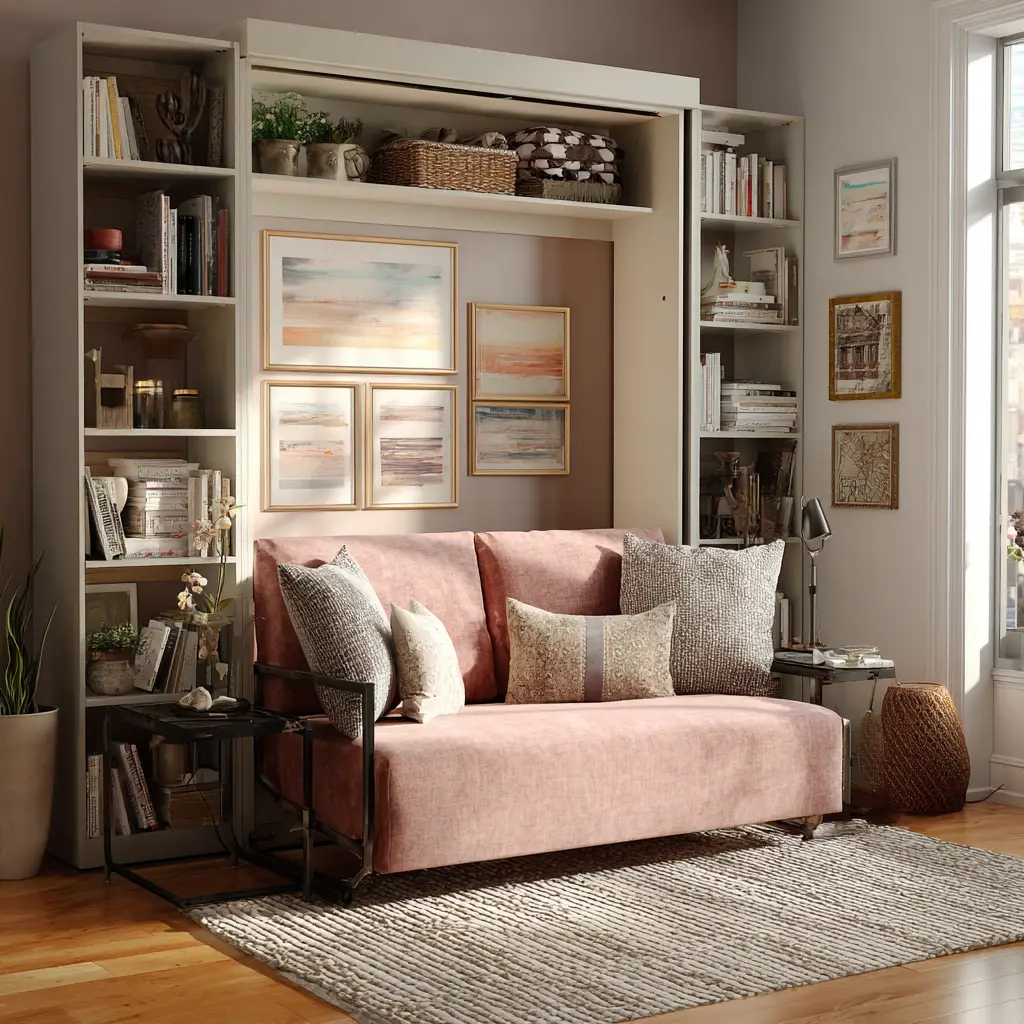
10. Add Personal Touches and Decor
A study room should feel like your space, not just a sterile work area. Hang up some artwork, display photos of loved ones, or include a few personal items that inspire you. These small touches make the room feel inviting and emotionally comfortable, encouraging you to spend more time there productively.
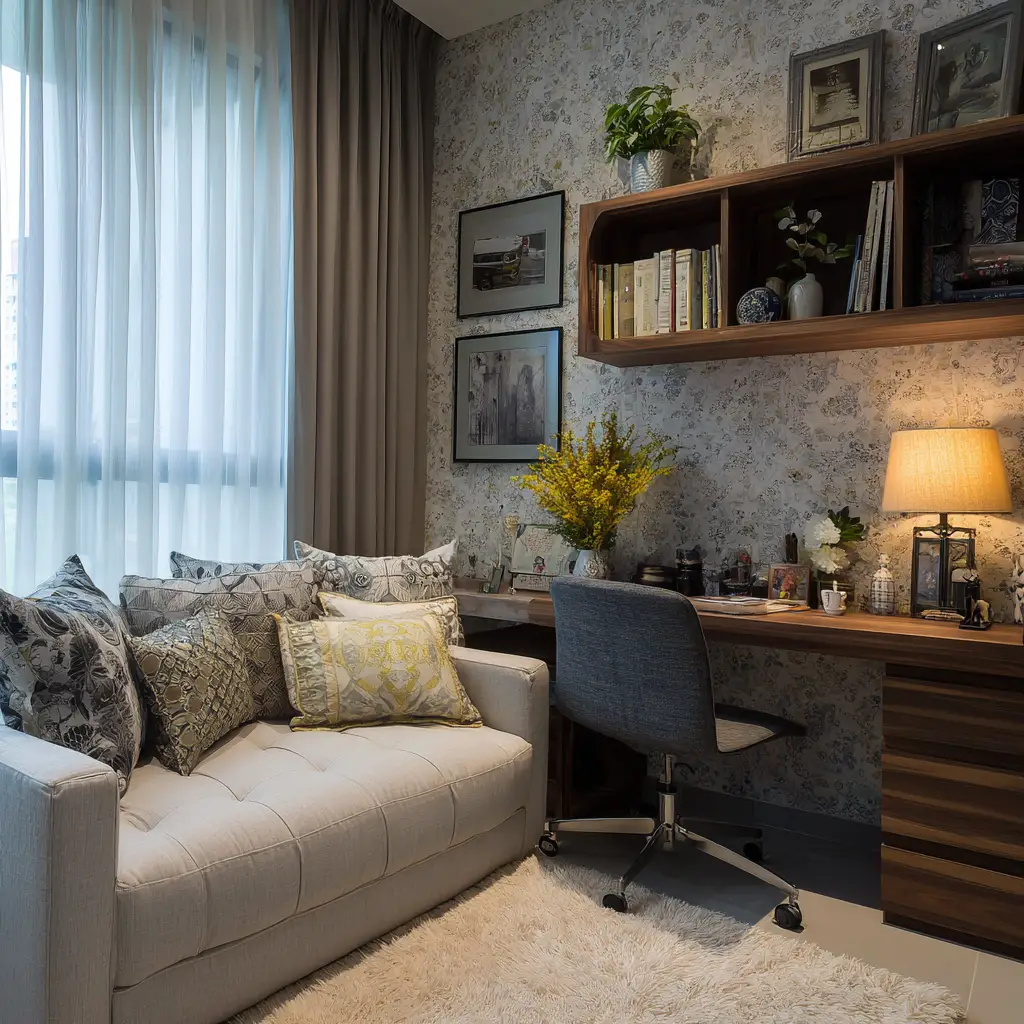
11. Choose a Comfortable Chair That Fits
While space is limited, your comfort shouldn’t be. An uncomfortable chair can quickly turn study time into a chore. Choose one that offers good back support but fits well under your desk. If you’re short on space, try a smaller ergonomic chair or even a cushioned stool that doesn’t overpower the room.
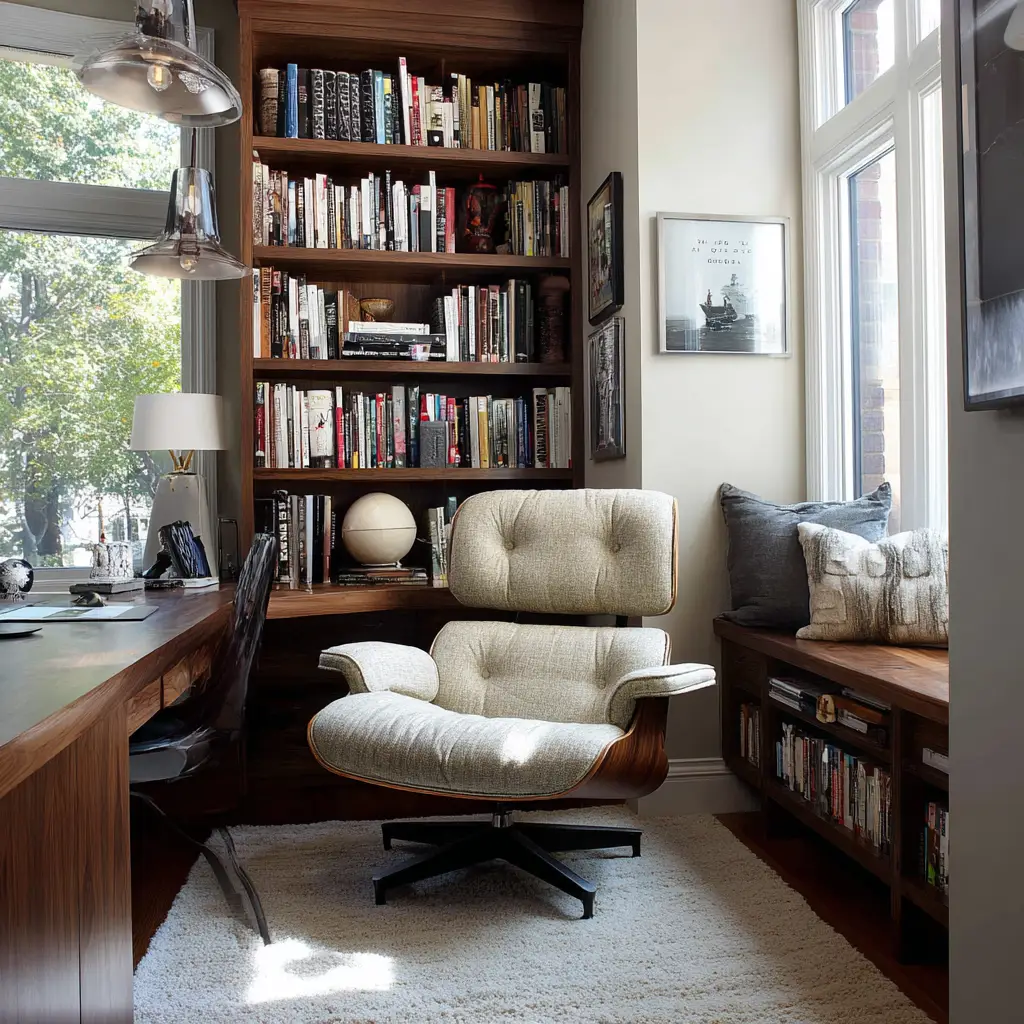
12. Manage Cables Smartly
Nothing clutters a space faster than a tangle of wires and cables. Use cable clips, ties, or even a cord management box to keep everything neat. A clean, cable-free surface can help clear your mind and reduce the visual chaos that often distracts from getting work done.
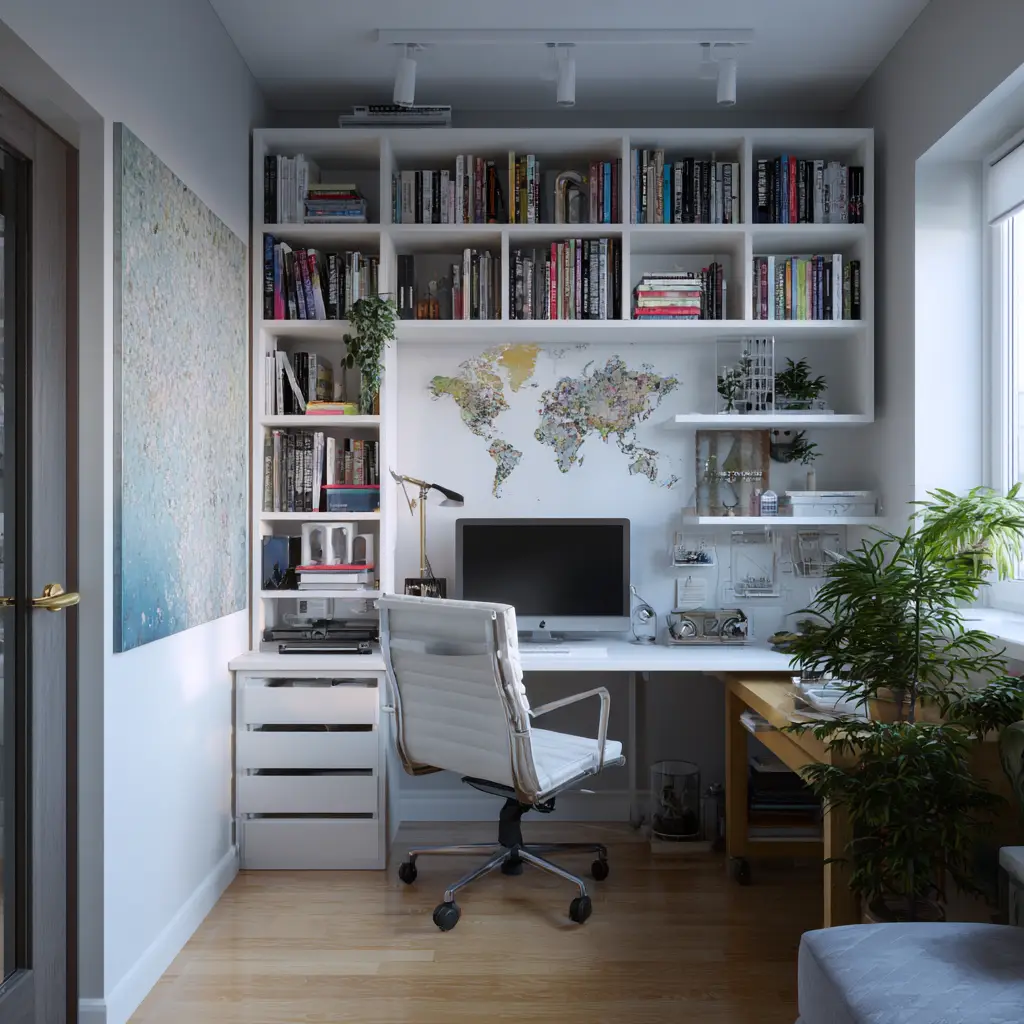
13. Add an Overhead Shelf or Floating Rack
Above-desk floating shelves offer a practical place for storing books or displaying decor without using any floor space. You can also install narrow racks for small items like stationery, gadgets, or motivational books. These keep necessities within reach while freeing up your main workspace.
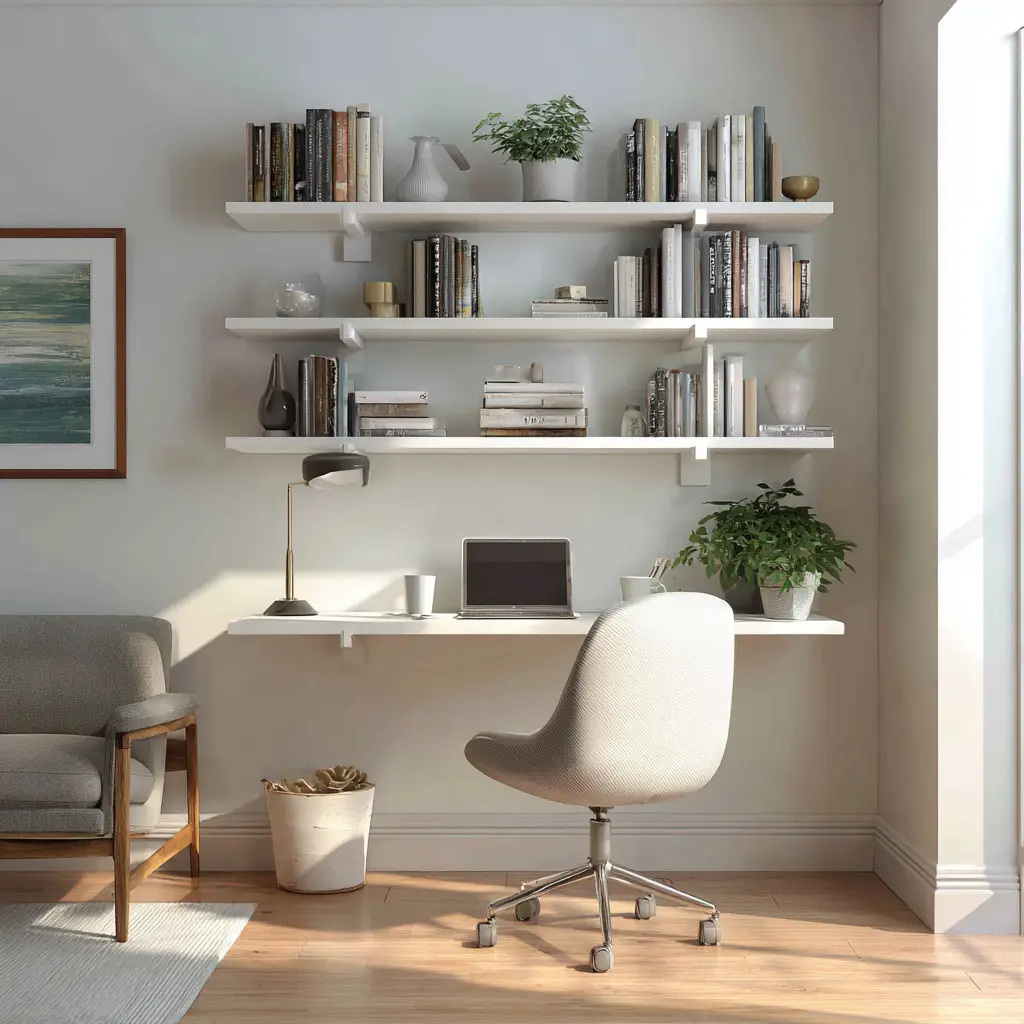
14. Use Mirrors to Visually Expand the Room
Mirrors are a well-known design trick to make a room appear larger and brighter. Hanging a mirror on one wall—especially across from a window—reflects both natural and artificial light, creating an airy, spacious feeling. This is especially useful in study rooms that might feel cramped or boxed in.
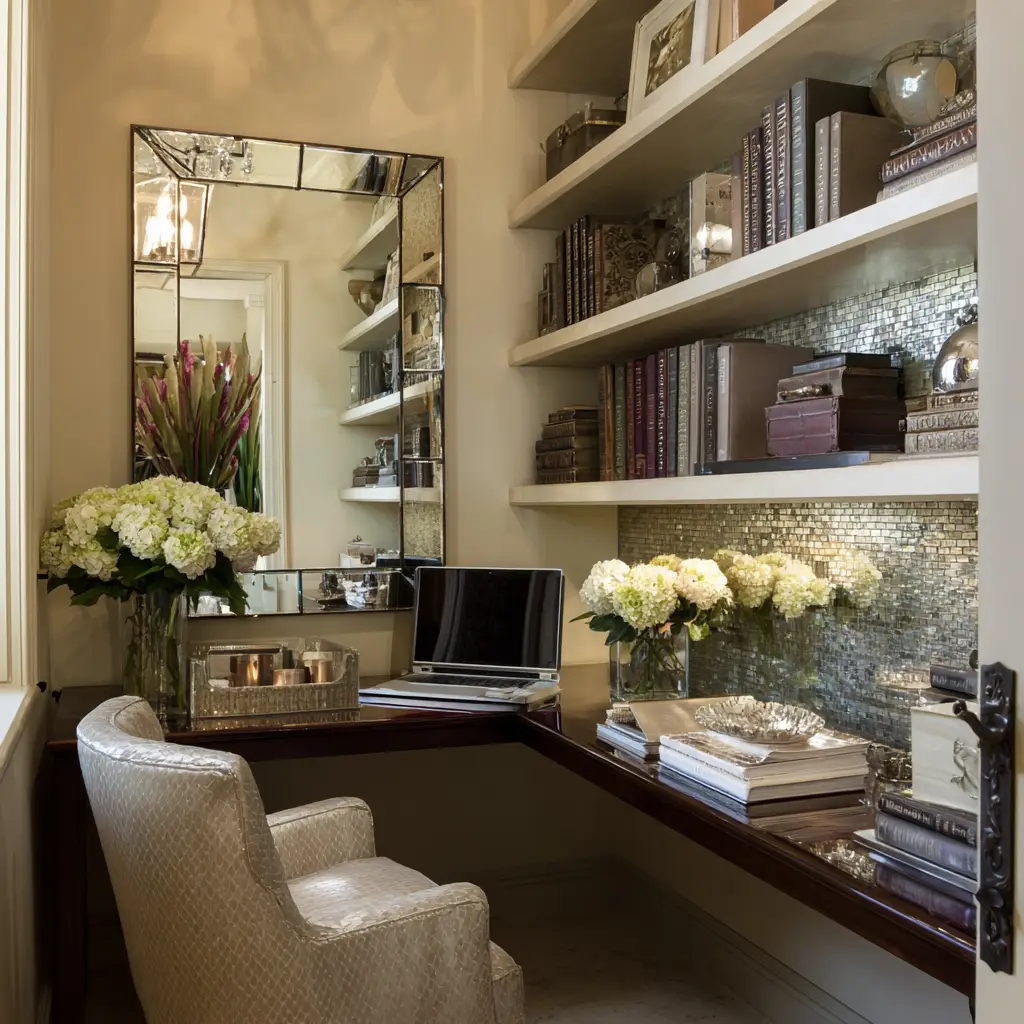
15. Embrace a Minimalist Design Approach
When in doubt, keep it simple. Too many objects or colors can make a small room feel chaotic. Stick to essential furniture, minimal decor, and a clean layout. A minimalist approach helps reduce distractions and promotes a peaceful, focused atmosphere where you can work or study with clarity.
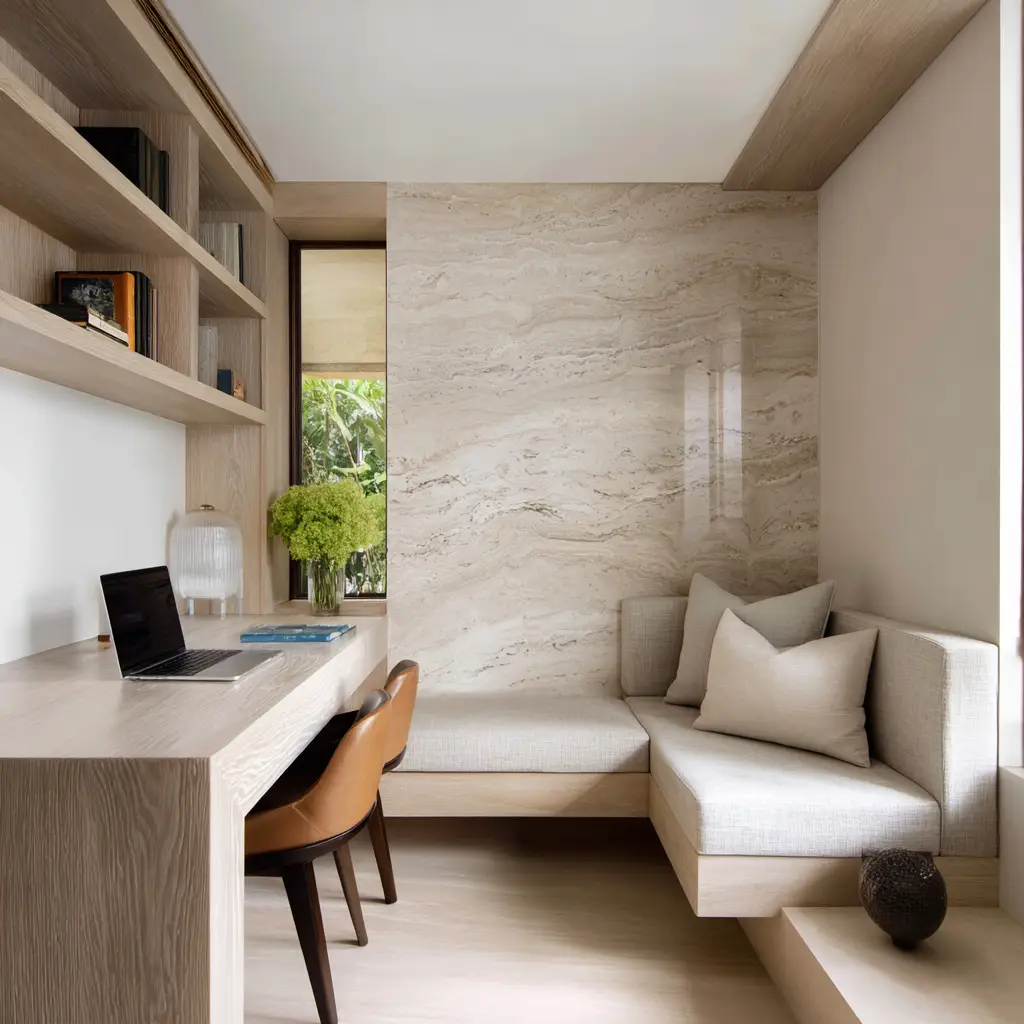
16. Utilize Under-Desk Storage
Don’t underestimate the value of under-desk space. Use baskets, rolling drawers, or slim containers to store items like notebooks, electronics, or art supplies. Keeping things tucked away helps preserve a neat surface while still keeping all your essentials close by.
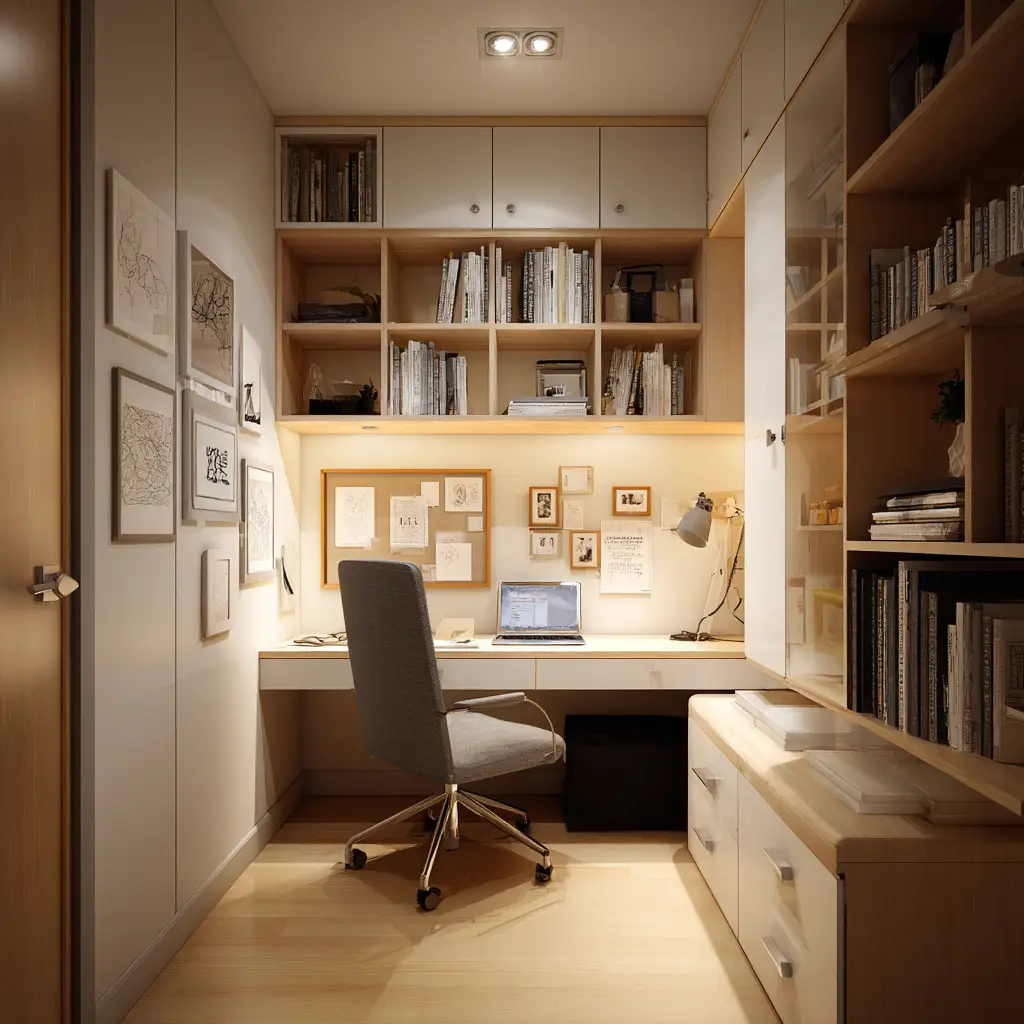
17. Use Portable or Clip-On Lighting
Good lighting is essential for any workspace. If you don’t have much room for a table lamp, go for a clip-on light that attaches to your desk or shelf. Choose a soft white bulb that won’t strain your eyes. Adjustable options allow you to direct the light exactly where you need it.
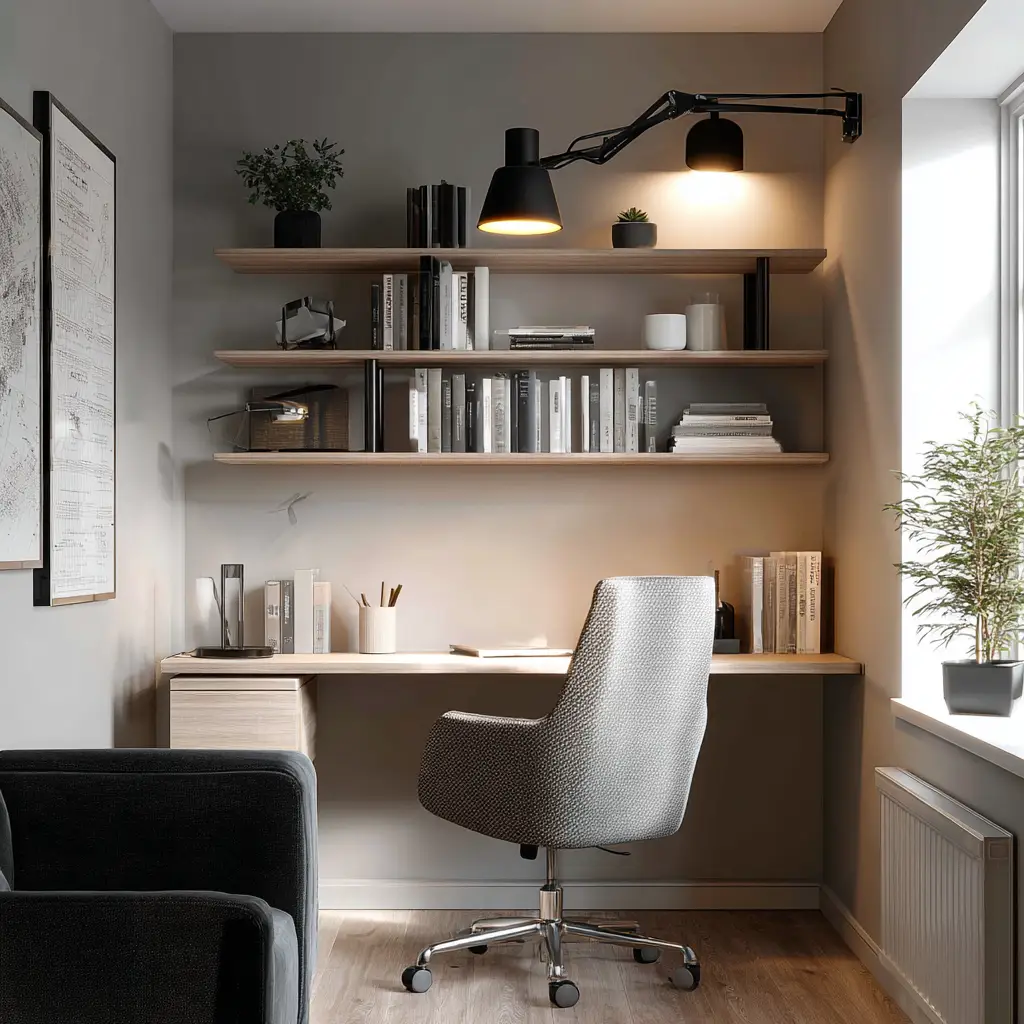
18. Divide the Room with a Simple Partition
If your study area is part of another room, such as a bedroom or living room, use a light divider, folding screen, or even a curtain to give it some visual privacy. This psychological separation can help you stay focused, even in a busy household.
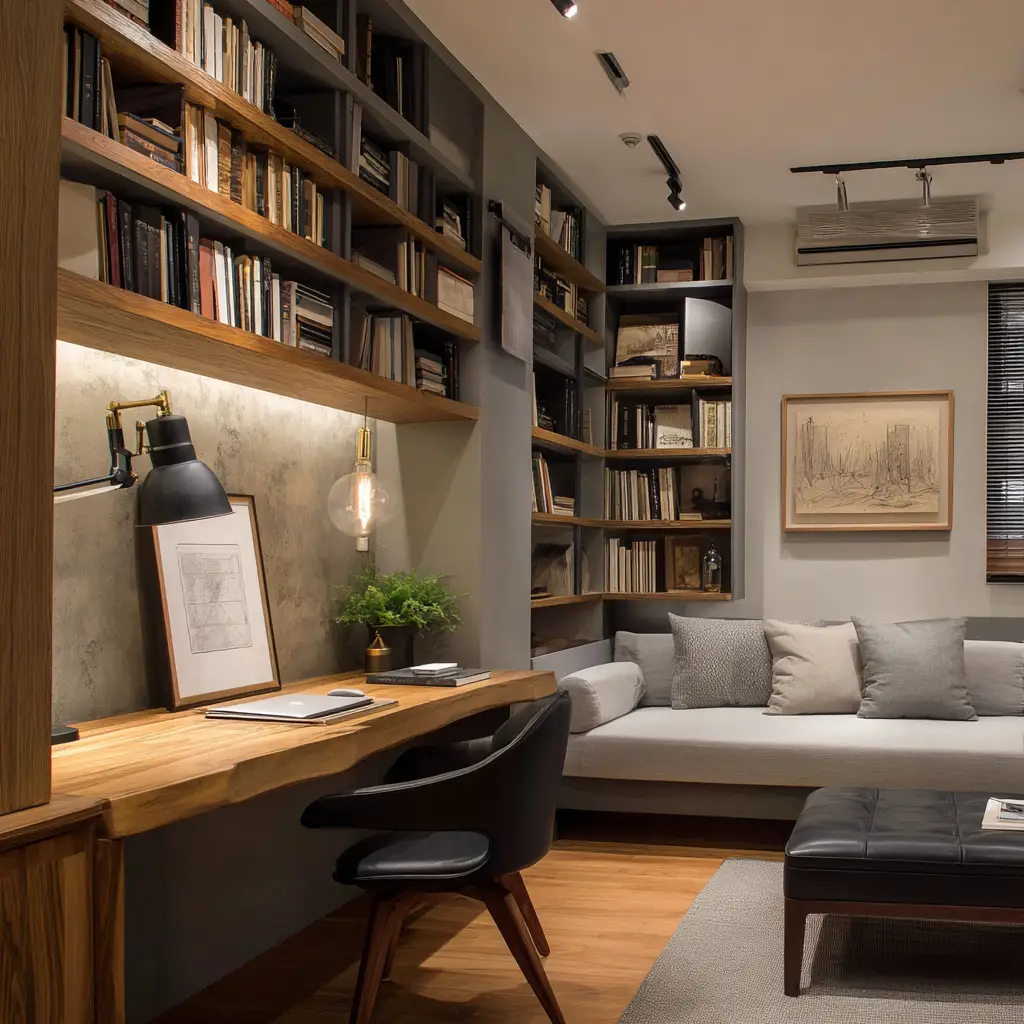
19. Try Transparent or Glass Furniture
Transparent furniture—like acrylic or glass desks and chairs—can reduce the visual weight of the room and create the illusion of space. These pieces allow light to pass through and feel less imposing, making your study room feel open and airy, even if it’s just a few square feet.
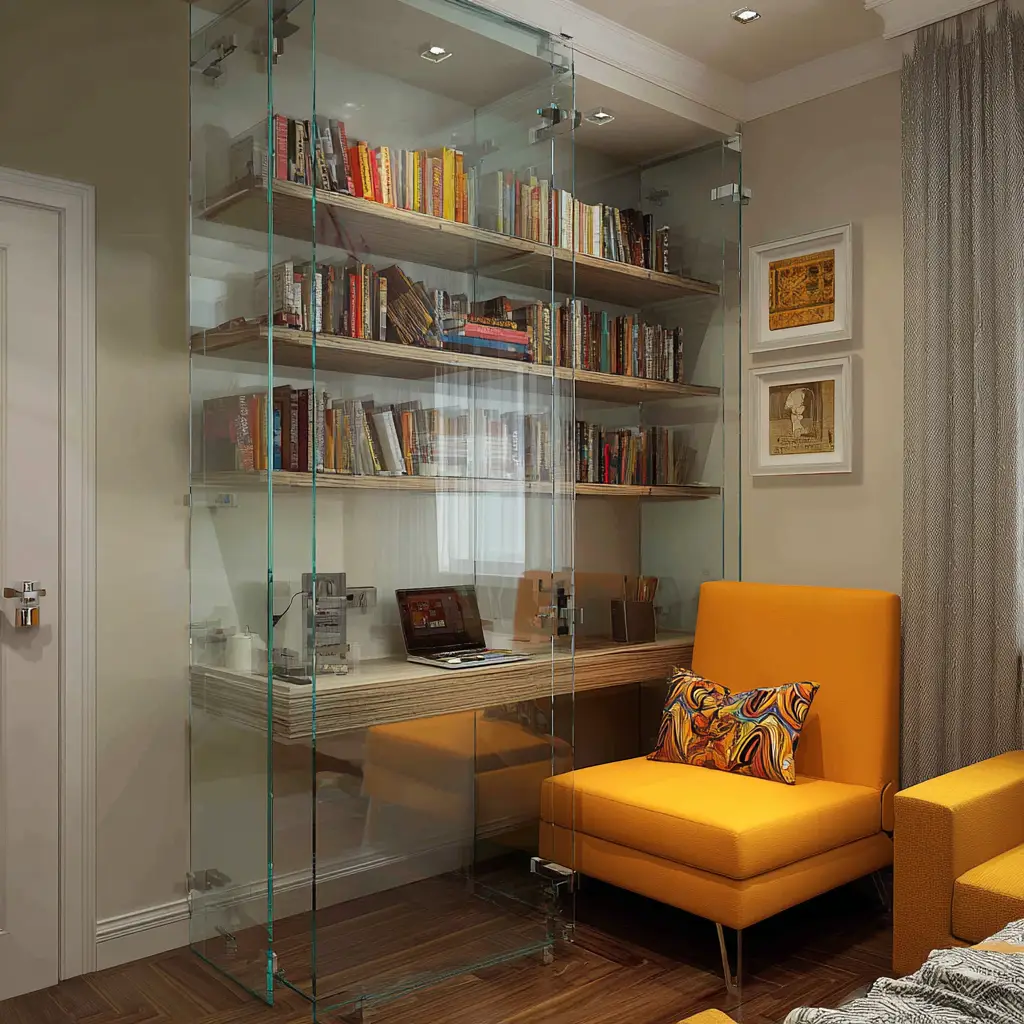
20. Install a Pinboard or Chalkboard Wall
A corkboard, magnetic board, or chalkboard wall helps you keep track of tasks, notes, or inspiration without taking up desk space. It also adds a personal and interactive element to the room. You can switch out your notes and quotes regularly to keep the space feeling fresh and motivating.
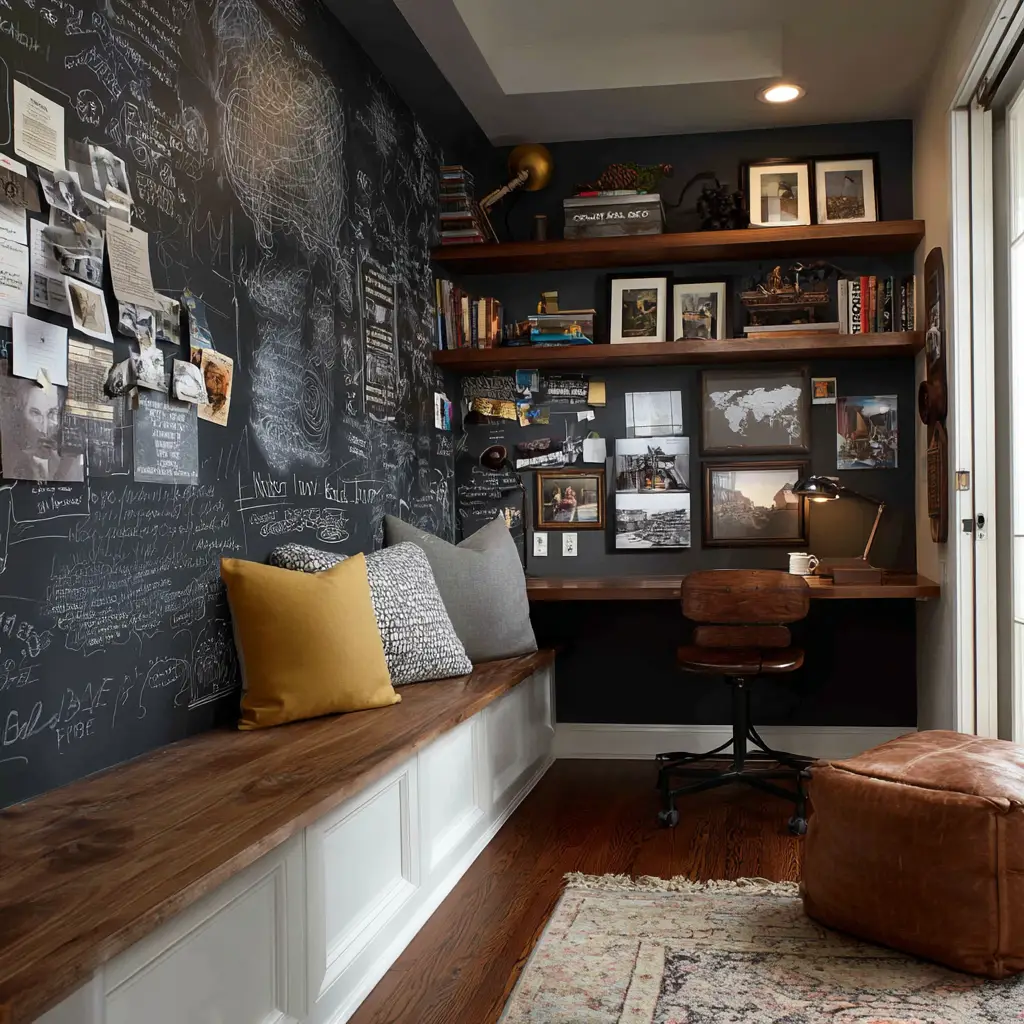
21. Convert a Closet or Alcove
If you’re tight on space, think creatively. A closet or a small alcove can be transformed into a cozy and efficient study nook. Remove the door, install a built-in desk, add some lighting, and it becomes a hidden study room that can be neatly closed off when not in use.

FAQs
What are the essentials for a small study room?
At the very least, a small study room should have a desk, a comfortable chair, good lighting, and a system for organization—like shelves, drawers, or a pegboard. Personal decor and a quiet atmosphere also help increase productivity.
How do I make a small study room feel bigger?
Use light wall colors, mirrors, minimal furniture, and keep the area clutter-free. Let in as much natural light as possible, and use vertical storage to keep the floor clear.
Can I create a study space in a shared room?
Yes. Use room dividers or curtains to separate the space visually and create mental boundaries. A compact desk and wall-mounted storage can make even shared spaces functional.
What lighting is best for a study room?
A mix of natural and task lighting works best. Natural light reduces eye fatigue, while a desk lamp or clip-on light with warm white tones ensures proper visibility during late hours.
Should a small study room have decor?
Absolutely. Adding personal items like photos, plants, or artwork creates an emotional connection to the space and makes it more enjoyable and inspiring to use.
Conclusion
Designing a small study room doesn’t mean compromising on comfort or function. With a little planning and thoughtful design, you can create a workspace that feels welcoming, practical, and personal. Whether it’s a corner of your living room or a transformed closet, these ideas can help you build a study area that nurtures focus, creativity, and calm—even in the smallest of spaces.
